Q&A with Jardine Libaire
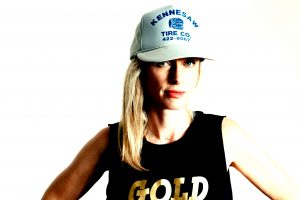 Jardine Libaire’s searing second novel WHITE FUR (Hogarth, May 2017), a postmodern Romeo and Juliet is charged with grit, lust, sex, fury, temptation, and desperation. (More below. The interviewer is chomping at the bit to spill it all here, but let’s get to some questions for Jardine first.) Jardine also collaborated on the book GRAVITY IS STRONGER HERE (April 2017), contributing nonfiction poems that complement Phyllis B. Dooney’s photographs of a family in Greenville, MS. Introduced by their openly gay daughter Halea, this archetypal family dreams out loud while fighting the silent undertow of poverty and recurring domestic narratives.
Jardine Libaire’s searing second novel WHITE FUR (Hogarth, May 2017), a postmodern Romeo and Juliet is charged with grit, lust, sex, fury, temptation, and desperation. (More below. The interviewer is chomping at the bit to spill it all here, but let’s get to some questions for Jardine first.) Jardine also collaborated on the book GRAVITY IS STRONGER HERE (April 2017), contributing nonfiction poems that complement Phyllis B. Dooney’s photographs of a family in Greenville, MS. Introduced by their openly gay daughter Halea, this archetypal family dreams out loud while fighting the silent undertow of poverty and recurring domestic narratives.
The book is a narrative made from photographs that Dooney took over the course of four years with a family, and nonfiction poems Jardine wrote after conducting interviews with them in Greenville, Mississippi. Jardine Libaire’s much-lauded first novel HERE KITTY KITTY was released in 2004 (Little, Brown & Co.) and will be republished by Hogarth in 2018. She is a winner of the Hopwood Award, Honorable Mention/Dorothea Lange-Paul Taylor Prize, and the Glascock Poetry Prize. Based in Austin, Texas, Jardine volunteers for Truth Be Told, a writing program for incarcerated women.
Let’s start from the beginning, your beginning.
You didn’t grow up where you live now. New York to Texas. Where did you stop along the way and why?
I actually grew up making fun of Texas, and like so many things in my life, whatever I thought I’d never do is exactly what I have ended up loving. I grew up on Long Island, on the south shore, believing New York City to be the headquarters of the world. And then I spent the first part of my adulthood in Manhattan and Brooklyn, besotted by the place and the people, the way days and nights merged and nothing ever shut down, the endless infinite stream of strangers. Until one day I craved the exact opposite. I wanted a slow city where I would run into people I knew all the time, and I wanted a little garden, and I wanted the day to be very distinct from the night. I found Austin because of all the people I knew in Brooklyn who had come from Austin and who talked about it with such affection—they had one day woken up in a slower gentler city and craved the wild and manic NYC.
How did your childhood impact the woman and writer you’ve become?
I’m deeply grateful to my parents who somehow managed to restrict my world as I grew up to the extent that I never felt judged, or pressured to be pretty or feminine, or bullied to grow up too fast, but they also were very hands off—so I grew up feeling safe and protected but also free. What a luxury! My brothers and I would just spend our afternoons roaming the neighborhood, the woods, the shore of the bay. We didn’t watch much TV, and my parents didn’t arrange things for us to do. And I do feel like that opportunity to be creative and to organize intricate games and to be autonomous in our imaginations definitely bolstered what was already a growing obsession with writing.
What do you like about Austin?
My friend rented her house in Austin to me for a month, back in 2007, so I could try the city out and see if I liked it. I moved in to this little house, with a garden of pomegranate trees and jalapeño peppers and roses, the whole house draped in little white lights, and I met the middle-aged brothers who still lived with their mom down the street, and they all had ZZ Top beards and drank beer all day, and I felt this slow pulse of community and general happiness, and I knew within a couple days of being there that I would not be leaving. And I haven’t.
I then met the people who I think of as part of my Texas family, and I went along for the ride as they opened a now-iconic restaurant/wonderland called Justine’s on the industrial East Side here. And I worked there for a number of years, and we planned extravagant art parties and made crazy collaborative installations there, and that dear place has been a garden of Eden for me in terms of beautiful people and beautiful projects, an eccentric and chaotic place that is sustainable here in the culture of Austin.
Favorite writing clothes?
Writing clothes for me means nightgowns that when you put a hooded sweatshirt on top can be worn to the supermarket.
Favorite place to write?
I love writing at home, except when I don’t love writing at home. I’ve learned I have two very different modes, and so I rent a desk at a co-working space for when I really need to be cut off from any possible distractions. It is a highly effective system.
There are often common themes across an author’s work. For some it’s mental illness or feminism. One of yours seems to be feeling misfitted and sexuality being a part of the path to find (or hide from) something more. Is this true? What calls you to it? If this is false, is there a theme you do feel called to write and why?
This is such an interesting question, and it really made me look at my own patterns in a new way. To say one of my themes is feeling misfitted (and using sexuality to navigate that) is really astute. On some very basic level, I think I was born feeling misfitted to the world. Not in a tragic way, and not consistently, but there’s always been some discord that I try to resolve by a few different methods—one of them in my real life is writing. Perhaps what I dream about is being able to make a bridge using love or sex so that I would feel comfortable in this world, in this life.
The other main themes I often see in my own work include personal transformation in general; who has authority and power over another; and—increasingly—social class in this country. It’s interesting to see what themes emerge in my own work; it feels like watching the tides change according to the moon, and not like something that I myself generate.
In White Fur, Elise and Jamey are both trying to chart a path different than the one they were born into. Jamey – the privileged son of an international banking firm, with a conscience that struggles to abide the values of his father and their social circles; and Elise the daughter of a mother who loves Elise yet often pairs bad men and makes bad choices, leaving Elise to care for her younger siblings and unable to extricate herself from the ghetto-cycle. Both Jamey and Elise go to great lengths to flee their roots, and yet they fight it. Jamey struggles with his feelings for Elise. He has moments of dismissiveness and cruelty toward her. Elise would rather rationalize and wait out his behavior than leave him. Yet she also returns home. Some of her loyalty is reminiscent of her mother’s to men who don’t love her and aren’t good for her. Why is it so difficult to surrender the hold that our past, and especially our parents, has on us? Can we ever fully let it go?
That question about whether we can or should let our pasts go is something I and almost everyone I know has dealt with. If it’s not your family that has a hold on you, perhaps it’s friendships or partners you grapple with. In letting go or cutting off people we loved or knew so well, we risk losing a part of ourselves, and stealing away a part of them. And I do believe on some level in “interbeing”, that concept of not having a discrete self as much as a soul that exists by virtue of its many interactions and connections with others. I lean, in my own life, toward believing in connection, even when it is imperfect.
Jamey and Elise both need to do a lot of separation from their families, and from the worlds where they grew up, but ideally they would do the work so that one day they could form new bonds with those estranged people. Jamey and Elise also model the process of growing out of the skin into which they were born, transcending the social identity they were assigned at birth. This doesn’t need to be destructive, although in this story it’s extreme; on a lesser level, it could be uncomfortable but ultimately liberating and constructive. America is often said to be free of a class structure, but so many argue against that, saying in fact that the unarticulated nature of our class structure makes it that much more insidious. I would agree with the latter opinion. I feel like we all grapple with class, and for some—like Jamey and Elise—this is more of a life-and-death battle.
What is the meaning of Elise’s white fur vest? In Here Kitty Kitty, Lee also receives furs from her lover. Is that a coincidence or does fur have a special meaning to you?
The white fur did come from Here Kitty Kitty, since Lee, the main character of that book, buys a white Fendi fur from Bergdorf’s when she’s high one afternoon.
It seemed like a fun thing to do, to use one object or symbol from a book to spawn the whole story of the next book. And then on another level I think furs have always interested me. Jamey’s last name is Hyde, which dovetails with an interest in this book about skin or hide or fur as protection and as disguise. And the white fur throughout the story takes on different roles as it’s moved from person to person.
The scene that sparked for this interviewer who Elise was (or at least sparked the idea that she was unfamiliar to me, and my interest was piqued) was when she spent time, early on, in Jamey and his roommate Matt’s apartment. They drank beers together, and then she declared that she would burn it down. Why did she do that? Was she reacting to Matt’s condescension?
I’m glad that scene resonated with you, as I hoped it would be the scene to hook people into Elise and who she really is.
Elise went over to their house knowing what her mission was. She’d seen Matt and Jamey make fun of her roommate, who is gay, and she wanted to tell them to their faces that she’d burn down their house if she ever saw them do that again. In the world where Jamey and Matt have lived up till now, a young woman who looks and talks like Elise would not dare to come into their home and tell them what to do. Her agenda is definitely to stand up for her friends, but I think it’s also to poke and bother them, and let them know she isn’t like anyone they’ve ever known. She’s not afraid of their stature.
To what extent was HERE KITTY KITTY auto-biographical? (Readers: The protagonist of Here Kitty Kitty, Lee, is the consummate party girl. She has the right designer clothes, the right job managing a stylish restaurant, and the right lover, who finances all her bad habits. As the lights go down at closing time, the energy of the city is a call Lee cannot resist, even when her Cinderella-like existence begins to unravel.) Do you ever regret folding scenes from your real life into your fiction?
It’s so funny to me that when I was writing Here Kitty Kitty, I would have told you it was not very autobiographical. My perspective as a 25-year-old, which is when I began writing the book, was limited, so I thought because the protagonist has different personality traits from me and a different background to some extent, the book was purely fiction. But so much of it, literally and on a subconscious level, was pulled directly from the life I was living then. She was living on North 7th and Meeker in Williamsburg, Brooklyn, and I was living on North 7th and Meeker in Williamsburg, Brooklyn. She would drink at Rosemary’s on Bedford Avenue; she would shop at thrift stores on rainy days; she would watch the prostitutes working on the street out her window—and I would do all those things.
On another level, I was prone like her to staying up late, pushing boundaries, and finding joy in doing that, and also finding loneliness and suffering. I wasn’t able to make my creative dreams come true, as she wasn’t. To me the book is largely about being in your late 20s, thinking you’re being wild and free, and realizing at the end of the day that you’re just hungover. Not much to show for it. I was grappling with knowing only one way of connecting. I’ve said before that reading this book now is like looking at a prom picture where I had braces and a really goofy dress, but I have a lot of affection for who I was even if I came off ridiculous.
As we grow, how does the relationship between love and sex evolve? Even when we don’t intend there to be connection between them, it often grows. Why?
To understand the evolution of the relationship between love and sex would be to understand life for me! It sometimes seems like the secret to everything, doesn’t it? As soon as I think I understand it better, I realize I understand it less. Actually I’m not sure that’s true—I do think I’ve learned that the old cliché which says you can’t love anyone else until you love yourself is very true, and that fact is at the root of all things. But I still think sex can be the most mysterious thing on earth, and I almost feel it should be so, and it shouldn’t be understood.
Your work is so raw and yet utterly poetic. How did you develop that voice?
Poetry was my first love, and I still think about any kind of writing on a pretty molecular level, as if I was writing poetry. In fact, I wish I didn’t do that, I wish I could just write long and lanky and free-flowing prose. But what ends up making me satisfied in rendering a scene or a person is often located in a word here and in a word there, and in a few words strung together in a way I’ve not yet seen, and so I constantly use the methods used in poetry in writing prose.
I love when I see language in someone else’s writing that I’ve never seen before, or am made to feel present in a situation or environment or relationship in a way that I haven’t yet felt in my life or in my reading experience. I’m less interested in classically “literary” ways of conveying those things and more interested in something brand new, unfamiliar, maybe even frightening. So the “raw” component is a result of stripping away conventional language or “literary” language and trying to find the heart of every moment, of every line. And the poetry comes from that, as opposed to being imposed on it. I think that’s what a lot of my favorite poetry does—it strips things down before it starts using these new and absolute building blocks.
Tell us about Truth Be Told. Has it influenced your work? More importantly, how has it influenced you as a person? What would surprise or enlighten or disillusion us?
Truth Be Told is a 17-year-old nonprofit and nondenominational program that takes a personal storytelling curriculum into women’s prisons here in Texas. The incarcerated women learn to tell the story of what led them to prison, starting from the day they were born—it’s not necessarily about the crimes as much things that happened to them or things they did that led to where they are now. It’s an incredibly humane program that is not about fixing anyone or preaching, but rather about the pure power of storytelling—sharing your story and listening to others—to heal. I have been bowled over by what can happen when a person is given the time, support, and structure to be introspective, to do an honest inventory of her own life. I feel like we would all be better off if we do this—we facilitators tell our own stories too and the experience has been life-changing. I’ve been enlightened by how readily the women in this prison share their stories when the workshop-space has been made very safe and they have been promised discretion and dignity. I’ve been in many workshops in my life and not all of them have done that, and I will always ask for that and promote that in the future.
What is the next theme/movement/question in you right now roiling to be put on paper? Or which ones are battling to take the lead?
I’m currently waist-deep in writing a novel that deals with aging, communal life, inter-species interactions, and the folklore and flora and fauna of Texas. How’s that for a crazy combination of factors? After writing about New York for a couple books, I’m adoring writing about this state where I’ve lived for 10 years, a place so rich in characters and landscapes and culture.
How does an author/poet/creativist like you fit into a publishing industry that runs like a business? Do you ever see yourself as a one-book-a-year commercial fiction author or an MFA-teacher who writes a beautiful book every few years? How do you interpret your fit?
Such a good question. I think about this a lot, as I’m sure every creative person does, since our professional careers don’t always follow a standard blueprint.
Over the years I’ve had a lot of different jobs to support my writing, none of them really writing-related, from office manager at a lingerie company to bartender to real estate agent. I learned other worlds and other people, and I didn’t use up my writing energy while working. Teaching is a beautiful profession, but it’s exhausting for me in a way that competes with writing.
I found too that it was always better to work my ass off and make money to support myself in writing than to try to live on nothing which stresses a person out so much they can’t experiment in art.
White Fur was picked up by Amazon Studios as a TV series, so we’re in development now, and I’m writing the series. This is amazing, to be making my living writing and working with other people in collaboration. So we’ll see how this goes…
The interviewer appreciated the shock of White Fur’s raw grit and sex, but do you ever worry that your muse is leading you toward something that the market will not tolerate? Or your editor?
For me, being afraid of what people will think is the kiss of death to what I’m writing. If I try to be safe, I will kill the book. Which is not to say that I don’t owe the reader a good time, and entertainment, and realness, and honesty, and beauty. I fully believe in giving as much as you possibly can in a book, but it shouldn’t require any compromise. Some writers do what they do magnificently and honestly and it happens to overlap with commercial demand and polite society, and some writers do what they do and it doesn’t so much. I’m not sure we can change who we are, much as we’d like to sometimes.
While I was working on White Fur, I kept my head down and tried not to think about the marketplace. And it was only after selling the book that I truly started thinking about how the transgressive adventures of the two main characters might be processed by different readers. And it’s been a spectrum of responses. The one thing I felt strongly about was not making any of the sex in the book gratuitous, so in my mind all of it is rooted down into the overall arcs of the two main characters, and each sex scene is fundamentally important to their ascent in personal freedom and bravery in creating new identities.
For inspiration and guidance, I look to visual art and paintings and video art as much as I look to literature, and I always see female artists exploring sexuality in courageous ways there. Like them, I want to err on the side of taking risks and creating work that means something to me rather than being safe or broadly successful.
Part of that commitment is accepting the reality of the marketplace, and the reality of those readers who might be offended—not just by the sex but by the strangeness, the unfamiliarity, the emotional vulgarity or rawness or unapologetic-ness of the book. The marketplace doesn’t owe me anything. What I consider my “influences” is a crazy rainbow, from the Butthole Surfers to Lydia Lunch to South Park to Cindy Sherman to Eastbound & Down to Jean Genet to Kathy Acker to Joel-Peter Witkin to Jay Reatard. These things do not exactly conspire to make me into a typical chick-lit bestseller, for example, and it’s best if I’m realistic about that.
You write flawed female protagonists. When characters like these have context and layers, they rank among the favorite heroines. Yet when a reader reviews a book poorly, she or he nearly often cites a character’s “unlikability.” How do you walk the tightrope between flawed and unlikable?
When I think about a character’s flaws, that’s part of the process of being true and honest and writing from the heart. A character is really interesting to me if they’re complex and if I genuinely thought I could meet them in the real world. It’s not an aberration if a character is flawed, because I believe all human beings are deeply beautiful and deeply flawed.
What can go wrong in my own writing is making too much of the flaws, or too little, so I’m constantly seeking a balance that’s true to life. I felt I was done writing White Fur partly when I’d struck that balance. Readers though respond on the spectrum of loving the characters for who they are, believing in them because of how they’re written, or not believing in them for how the written, or not being able to like them. I’ve seen reviews reflecting an array of those responses, which is fascinating. The same book and the same characters can interact with people in very different ways.
Jamey was flawed too. Is likability as crucial for male characters?
A timely question. TV in its “platinum age” has hosted a number of very successful popular anti-heroes who are men, from Don Draper to Tony Soprano to Walter White. Sometimes I feel that if men have more power, they can get away with more, and that trickles into books and film. But I also feel that readers have responded to Jamey and Elise with equal amounts of pleasure or discomfort regarding their flaws, so that would tell me it’s an important factor for both genders.
What tips do you have for aspiring authors?
Over the years I’ve learned that being mean to myself, even if that just comes out as beating myself up in my mind, when I haven’t met my writing quota or I haven’t produced work that I love, is utterly useless, and in fact backfires and keeps me from sitting down the next day. Being kind and gentle and good to myself no matter how much I’ve produced or what I think of it is so much more fruitful. Writing is hard, and no one I know has an easy time sitting down to it. And if they do have an easy time one day, they might not the next. So I would suggest being sweet and forgiving and focusing more on just getting yourself to the desk the next day if you haven’t had a good day today.
One of the more utilitarian things that helps me out is writing a very exact schedule for myself of the next day’s writing. I often write in details like: 9:30 AM – 10 AM I will make notes on this character. 10 AM – 11 AM work on this scene and extend it to this plot point. 11AM eat some yogurt and berries … etc. It sounds OCD but I realized that one of my patterns was being so intimidated by my manuscript and the vague sense of what needed to be done that I had trouble starting in the morning, and I would doodle and fidget for a few hours before I could get myself to focus and produce. When I have the game-plan laid out the night before, I take all that away and give myself the gift of structure for the next day.
And finally…
Bangs to the side or Bangs hanging down?
Lately, it’s been all about the bangs to the side! Going for some old-school Hollywood curls, largely because the summer humidity is dictating this.
Photo Booth at Book Launch – Yay or Nay?
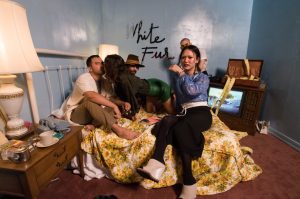 We had a blast at the launch party for White Fur. I teamed up with Emily Hughes, one of my favorite set designers in LA, and she and Justine Gilcrease and I created this photo booth based on the hotel room where Elise makes a major decision in the book—complete with a big bed, an old 80s TV playing Duran Duran videos, an ashtray full of Newport Kings, and water staining the wall. The photographer Crawford Morgan shot the party guests the whole night on the bed—it started off very civilized and it did NOT end that way!
We had a blast at the launch party for White Fur. I teamed up with Emily Hughes, one of my favorite set designers in LA, and she and Justine Gilcrease and I created this photo booth based on the hotel room where Elise makes a major decision in the book—complete with a big bed, an old 80s TV playing Duran Duran videos, an ashtray full of Newport Kings, and water staining the wall. The photographer Crawford Morgan shot the party guests the whole night on the bed—it started off very civilized and it did NOT end that way!
Coffee or Tea?
Coffee, even though I love the poetry of tea.
Books in your TBR pile?
Chelsea Girls by Eileen Myles, William Finnegan’s Barbarian Days, a book of poems by Sinead Morrissey called Parallax.
Thank you, Jardine, so much for talking with us! We support you now and always.
From Jardine – “You are wonderful—thanks for this opportunity and these questions and all your support!!”
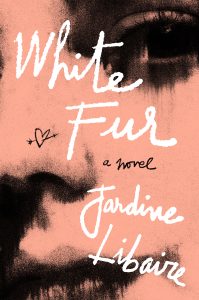 WHITE FUR
WHITE FUR
A stunning star-crossed love story set against the glitz and grit of 1980s New York City
When Elise Perez meets Jamey Hyde on a desolate winter afternoon, fate implodes, and neither of their lives will ever be the same. Although they are next-door neighbors in New Haven, they come from different worlds. Elise grew up in a housing project without a father and didn’t graduate from high school; Jamey is a junior at Yale, heir to a private investment bank fortune and beholden to high family expectations. Nevertheless, the attraction is instant, and what starts out as sexual obsession turns into something greater, stranger, and impossible to ignore.
The couple moves to Manhattan in search of a new life, and White Fur follows them as they wander through Newport mansions and East Village dives, WASP-establishment yacht clubs and the grimy streets below Canal Street, fighting the forces determined to keep them apart. White Fur combines the electricity of Less Than Zero with the timeless intensity of Romeo and Juliet in this searing, gorgeously written novel that perfectly captures the ferocity of young love.
Praise –
“A fairy tale of love and class and money and death and New York City in the 1980’s, as seen through eyes so new and so young that everything seems like magic all the time…What holds it together is ferocity — Libaire’s elegant, incongruous, glitz-and-trash command of the language of youth and young love, and the uncompromising fire of her main characters as they drift and dash from page to page.”—NPR
“Each page crackles with the intensity, fury, lust, and pure insane pleasure of first love. Jardine Libaire has written a chronicle of one couple’s wild romance: its highs and lows, its delights and contractions, its beauty and its messiness. A delight to read.”—Nathan Hill, author of The Nix
“Brilliantly written and deeply felt, this is a love story by turns comic and tragic, but always moving. Whether her characters are on the social register or the welfare roll, Libaire is a keen observer of human nature.”—Philipp Meyer, author of The Son
“Two barely-20-somethings from opposite sides of the tracks fall in frantic love amid the lush grit of New York City in the 1980s…The real strength of the novel is its Technicolor atmosphere: Libaire’s New York is a glittering whirlwind, raw and sweaty and intoxicating. A page-turning whirlwind steeped in pain and hope.”
—Kirkus Reviews
“A love story of equal parts grit and glamour, I loved White Fur for its honest portrait of the extremes of American society, and the love that can bloom anywhere, always, despite the odds. Jardine Libaire is an extraordinary talent.”—Vanessa Diffenbaugh, author of The Language of Flowers
“Writing with all the senses, Libaire demonstrates an ability to evoke vivid moods and places, drawing a stark and realistic depiction of ’80s Manhattan. She also succeeds at giving equal weight and attention to both her protagonists, elegantly toggling between their perspectives. The most lively, memorable, and convincing character in the novel is the setting itself.”—Publishers Weekly
“[The] setting is viscerally exposed and uniquely gritty, and Libaire’s meaty, brazen, Ferrari-fast sentences prop it up well.” —Booklist
“White Fur is glorious: dark, dirty, and sexy, lit up with yearning and raw, young love. Libaire’s sentences left me breathless. This is a Roman candle of a novel. I absolutely loved it.”—Amanda Eyre Ward, author of The Nearness of You and What Was Lost
“This sexy American fairytale about a star-crossed couple solidifies Jardine Libaire’s status as poet laureate of late nights and young love.”—Ada Calhoun, author of St. Marks Is Dead
“A sexy, literary love story…White Fur would merely be an excellent exploration of the power dynamic between two lovers if the prose wasn’t so evocative and the sex scenes so torrid.”—Maris Kreizman, Vulture
WHITE FUR is available –
Other ways to bond with Jardine –
FB: facebook.com/JardineLibaireWriter/
IG: whitefurnovel
Twitter: @jardineraven
Interviewed by –
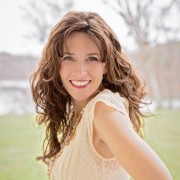
MM Finck
MM Finck is a writer, essayist, and query letter coach, opening pages editor, and overall story analyst as The Query Quill. She oversees WWWB’s Interviews and Agents’ Corner segments. Her women’s fiction is represented by Katie Shea Boutillier of the Donald Maass Literary Agency. She is a member of the Women’s Fiction Writers Association and the chair of the Women’s Fiction Writers Association Rising Star Award.
Her work has appeared in national and regional publications, including skirt! magazine. When she isn’t working on her work-in-progress PIN UP, you can find her biting her nails over her novel #LOVEIN140 which is currently on submission, belting out Broadway tunes (off key and with the wrong words), screaming herself hoarse over a soccer match (USWNT!), learning to play piano (truly pitifully), building or fixing household things, or otherwise trying to squeeze more than twenty-four hours out of every day. She is active on Facebook, Twitter, Goodreads, and Litsy (@MMF). Say hi! http://www.mmfinck.com/queryquill
Category: Contemporary Women Writers, Interviews




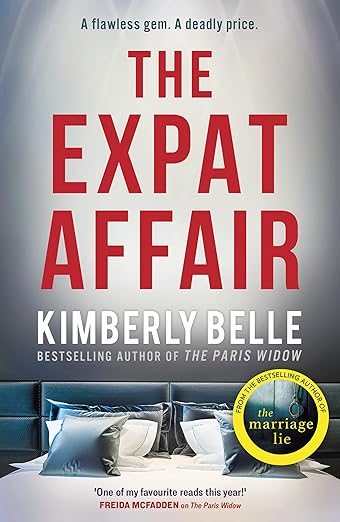
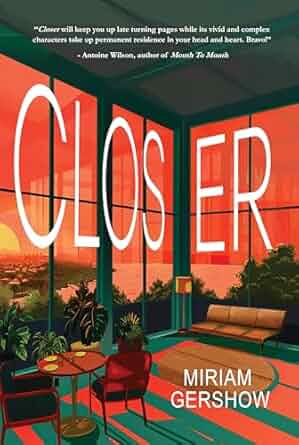




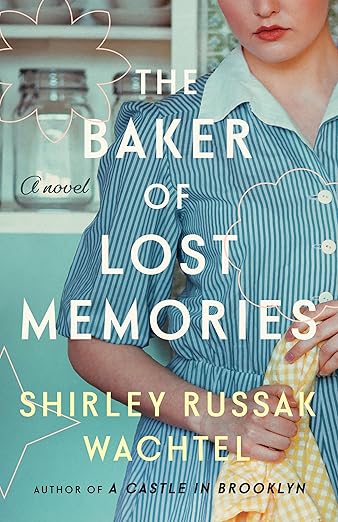
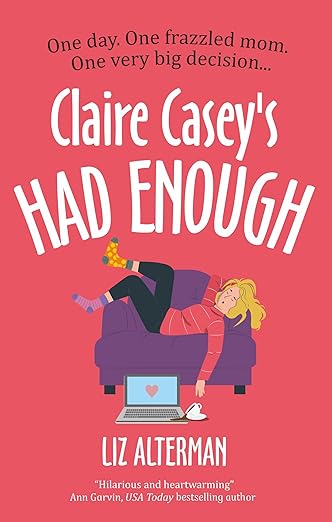
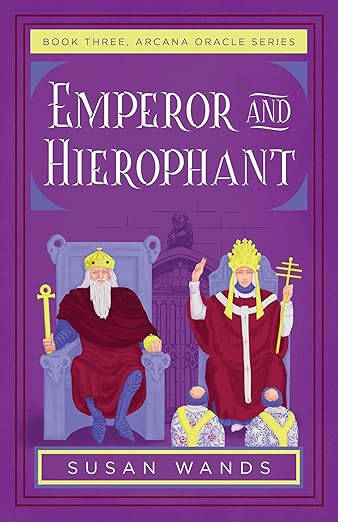
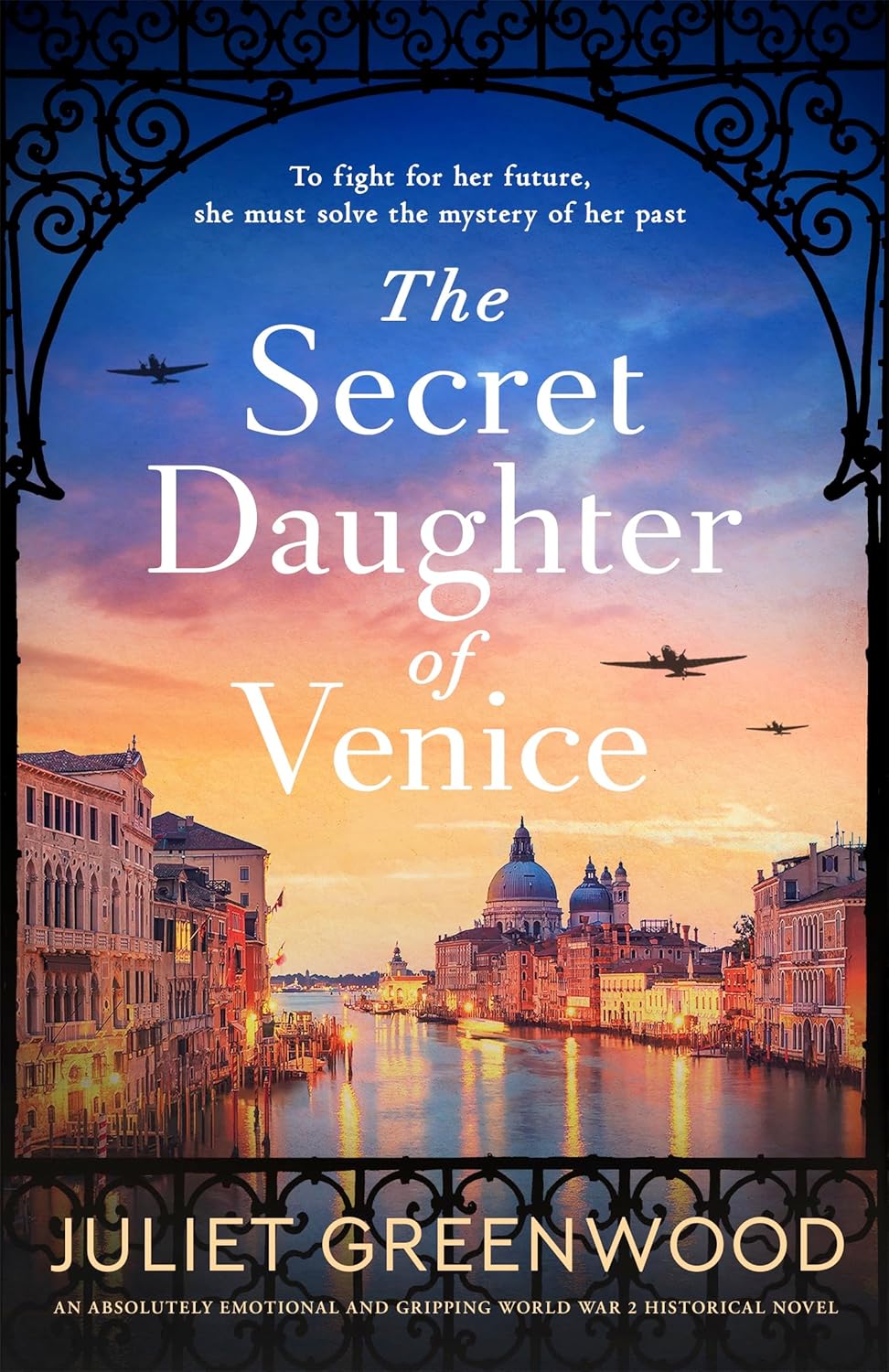


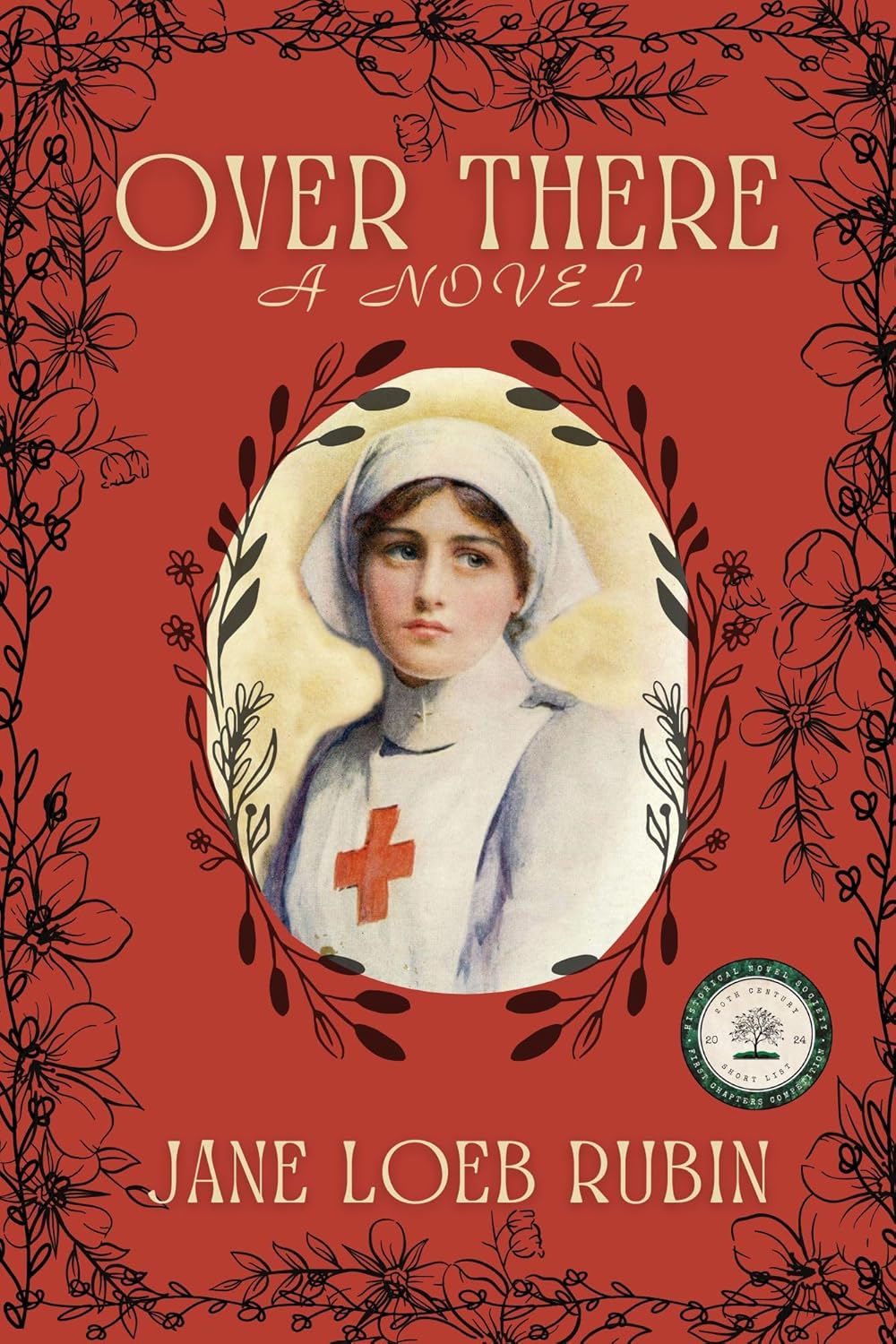



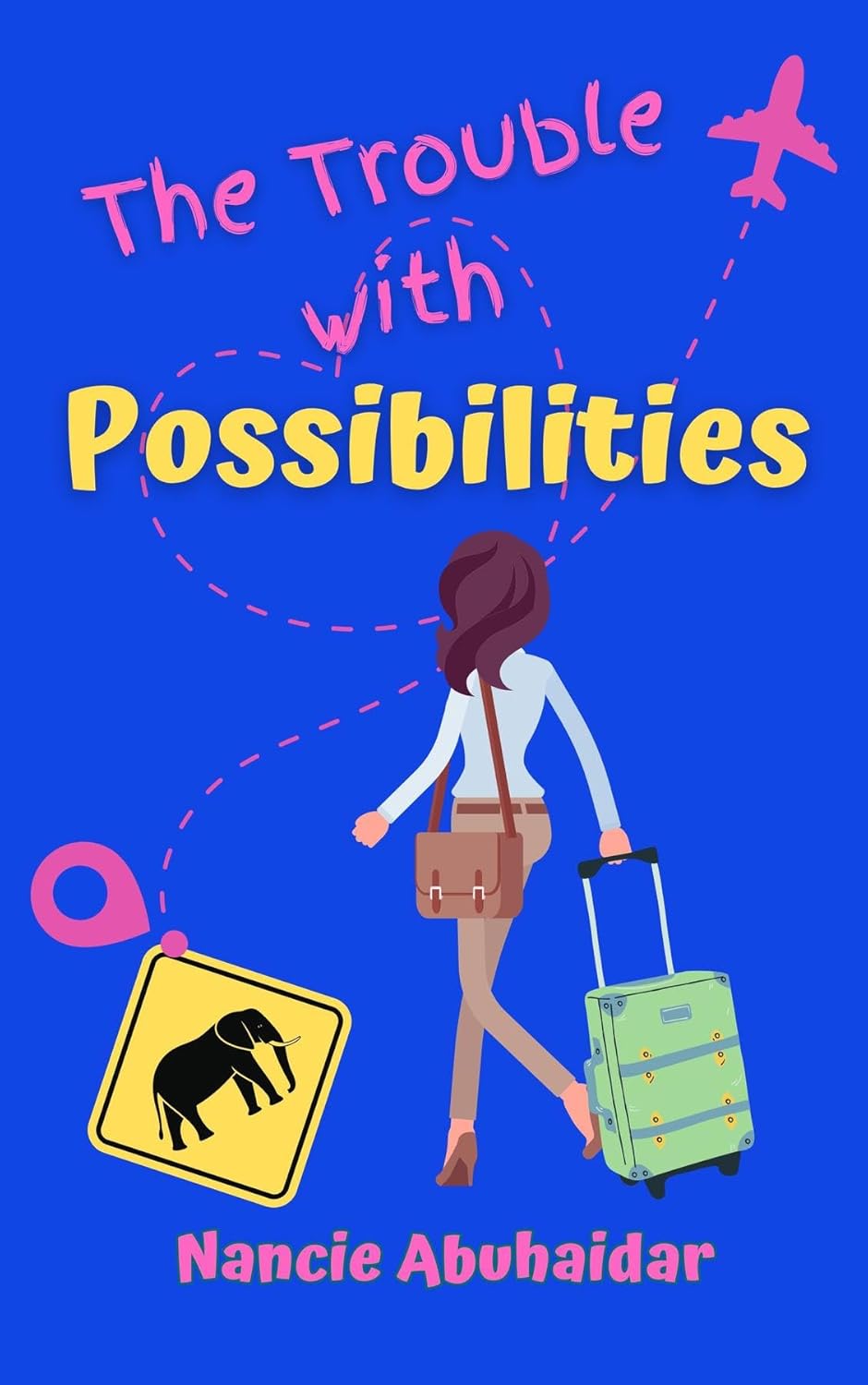

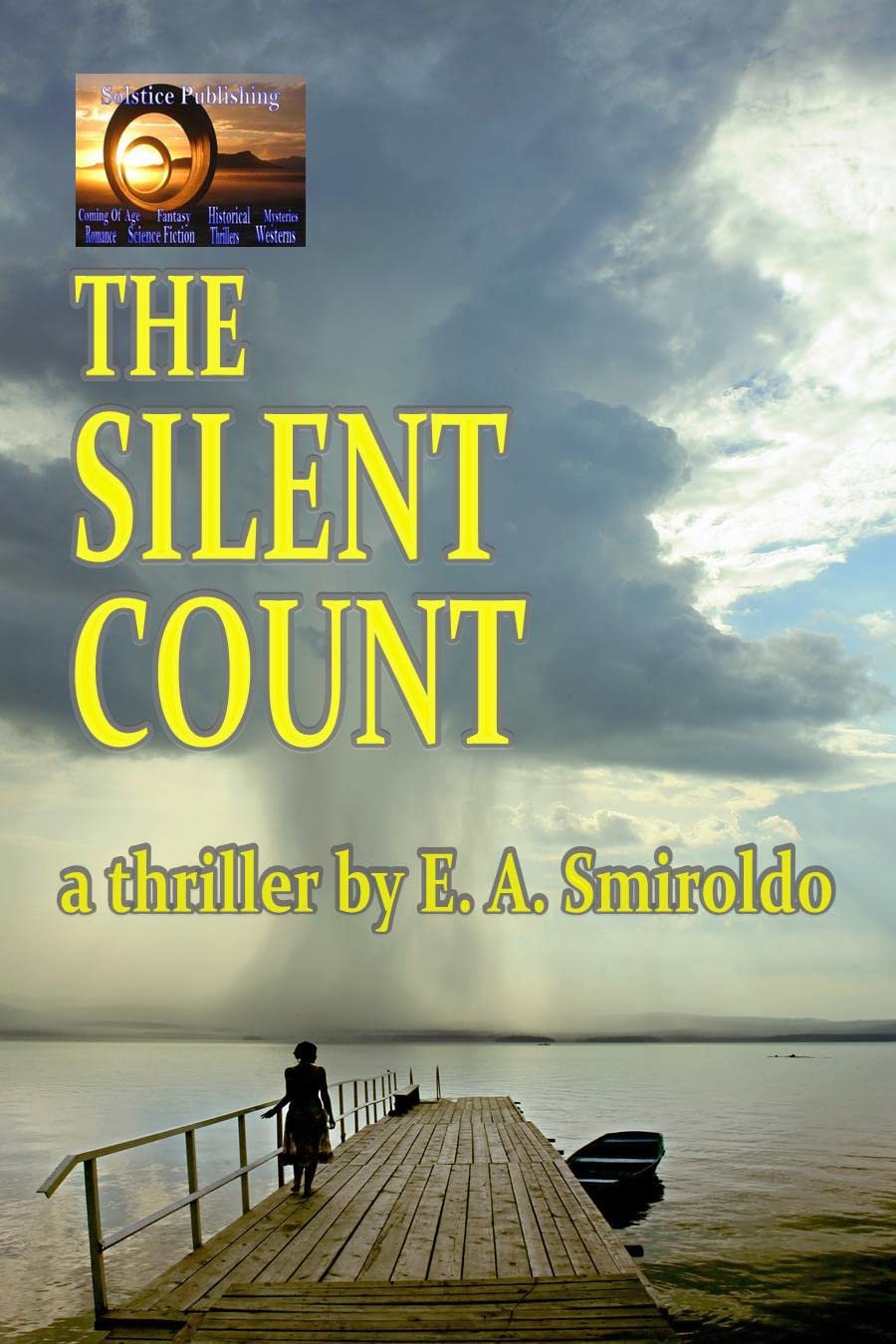


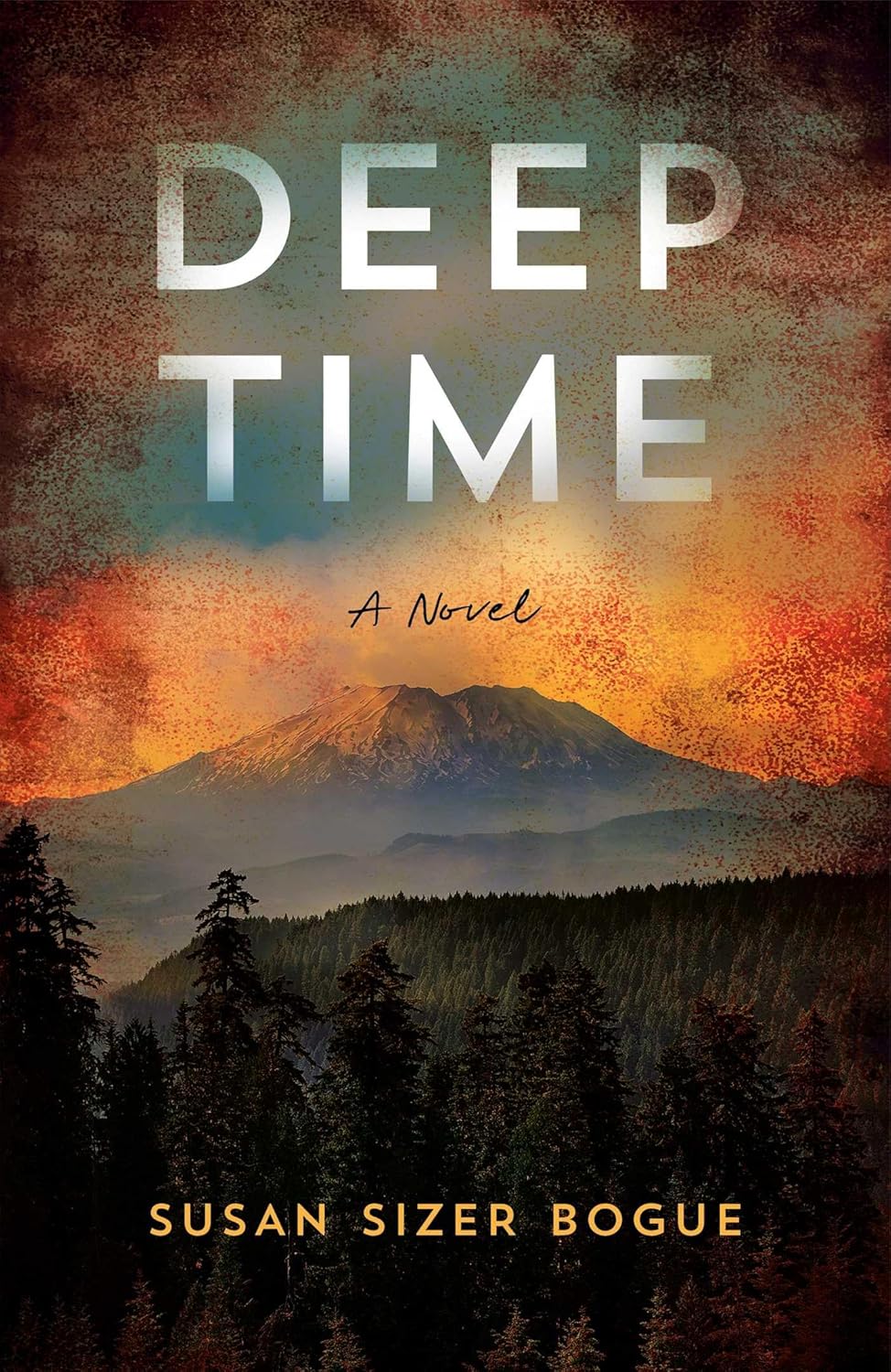





Saw Jardine at the Texas Book Festival in Austin last week and I knew then the book sounded amazing. Great interview.
I’m jealous! I haven’t met Jardine in person, but I like her so so much from our digital interactions. The book IS amazing. One of the most unique books, I’ve ever read. I couldn’t put it down. My heart raced in parts.
I’m so glad you liked the interview. Thanks for saying. 🙂